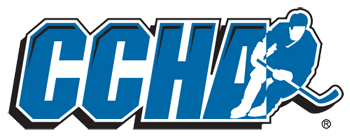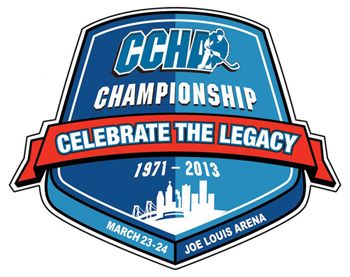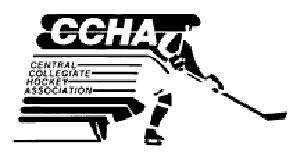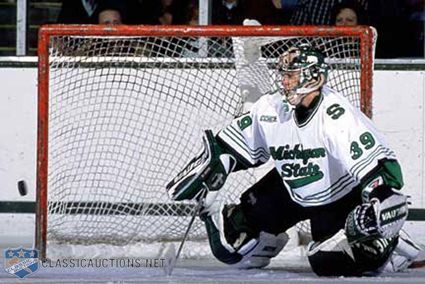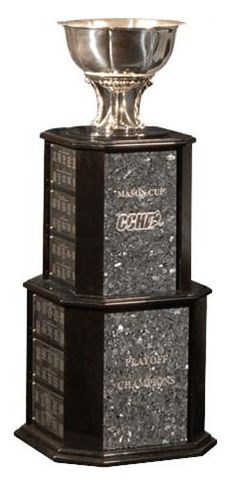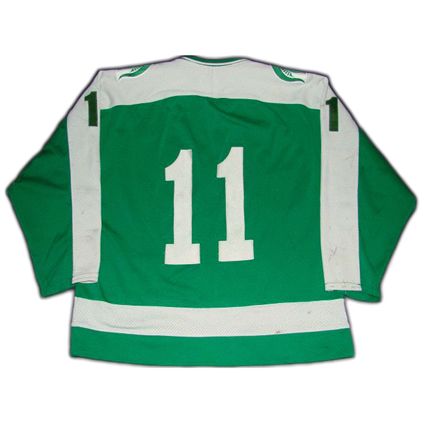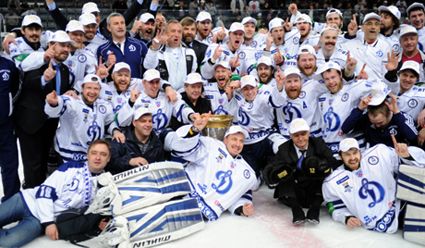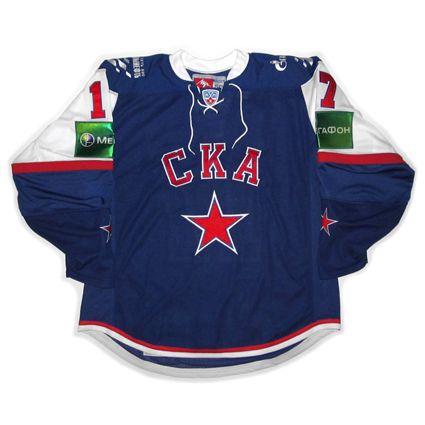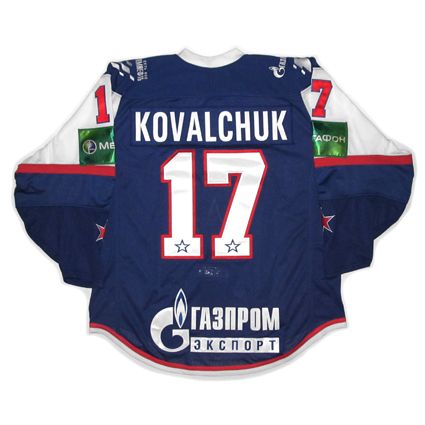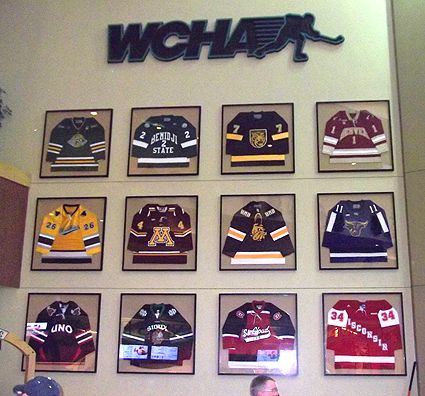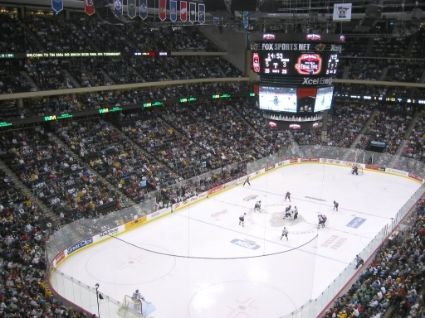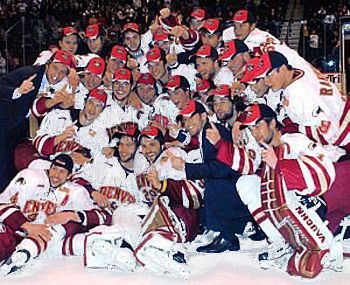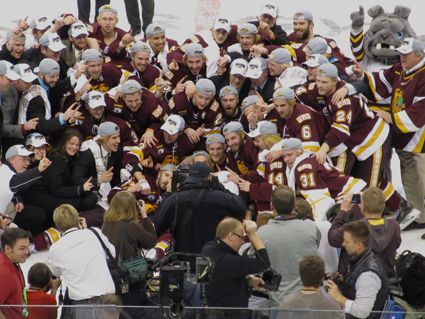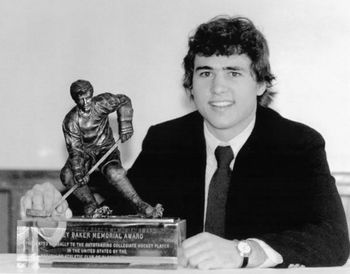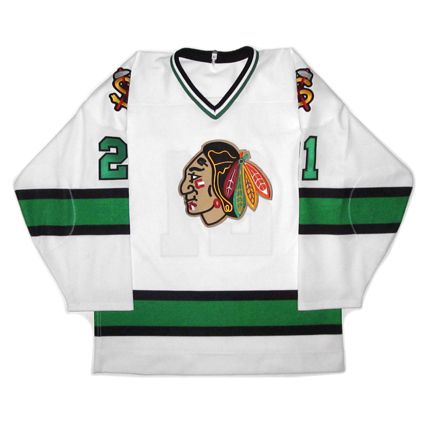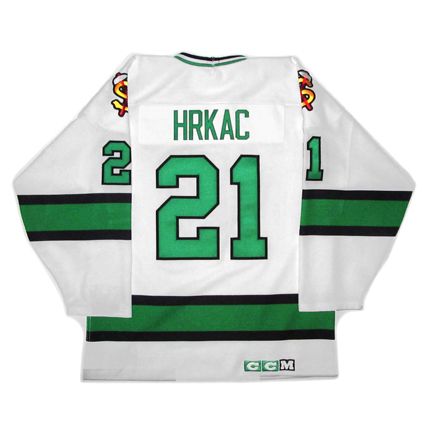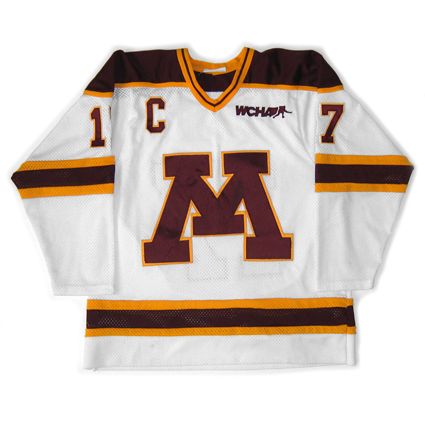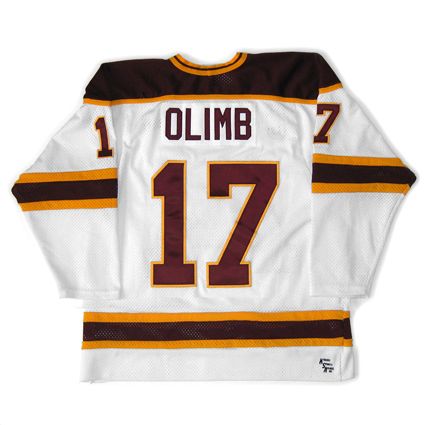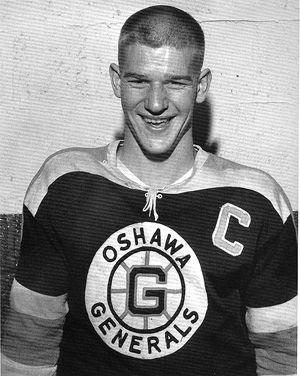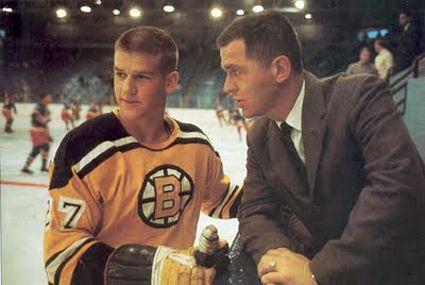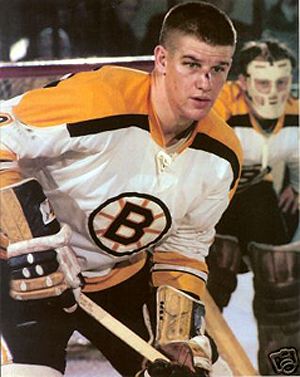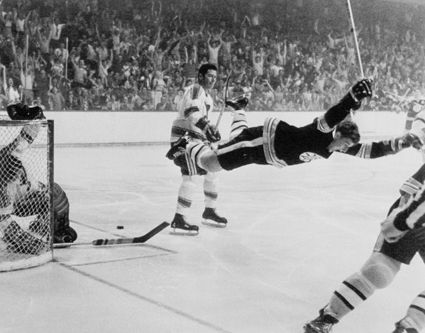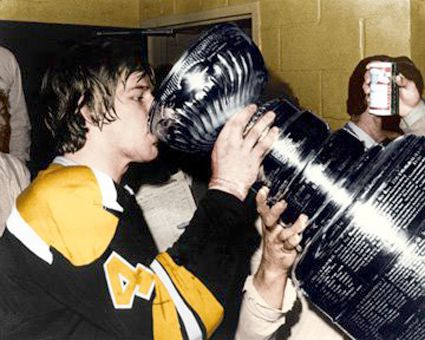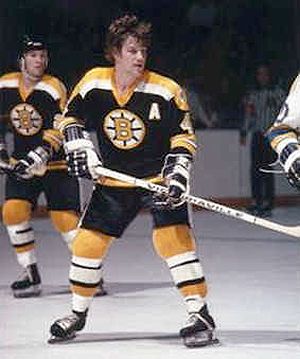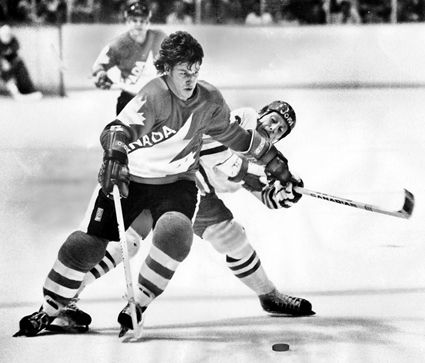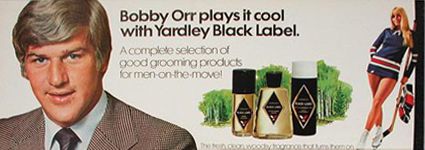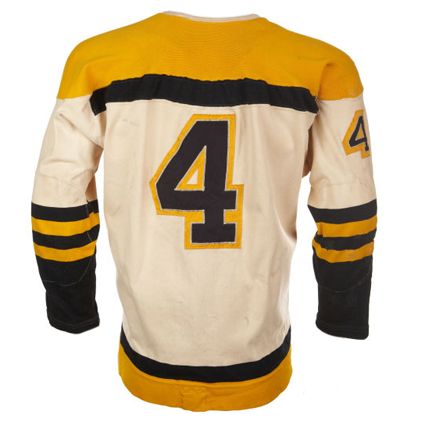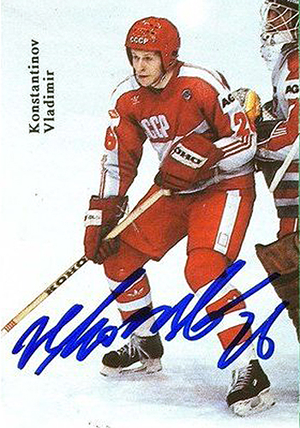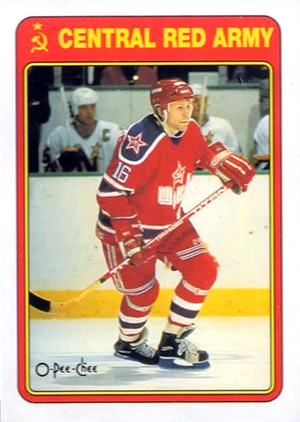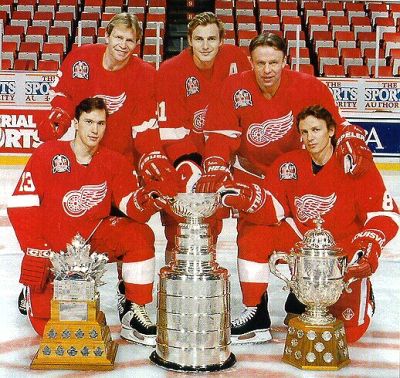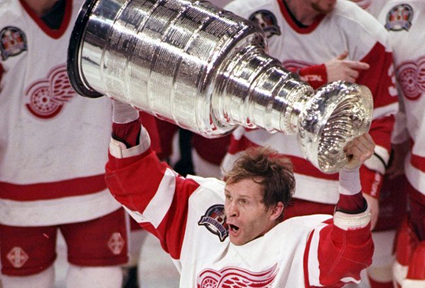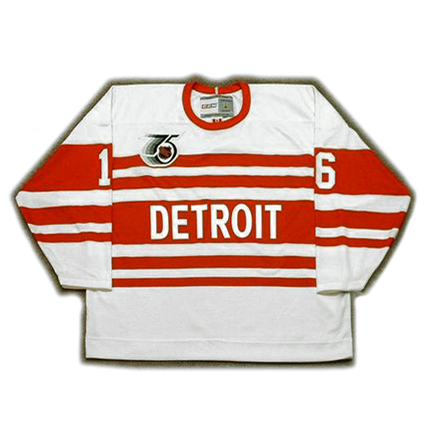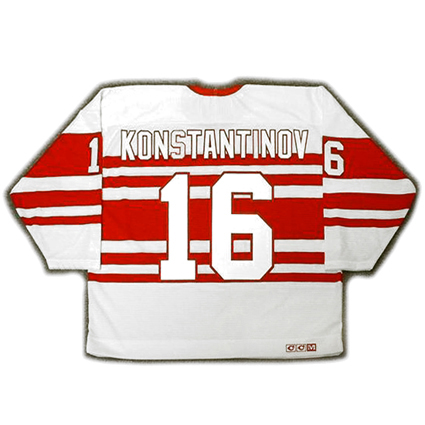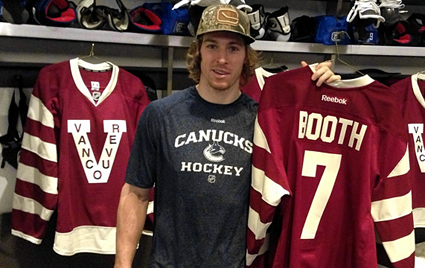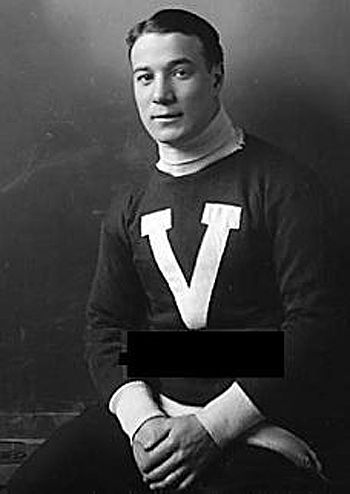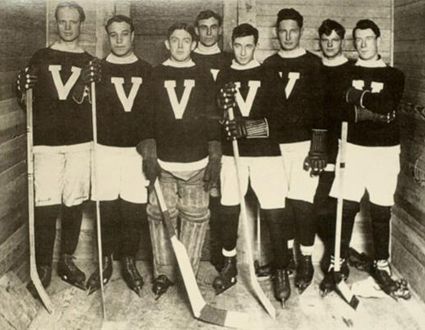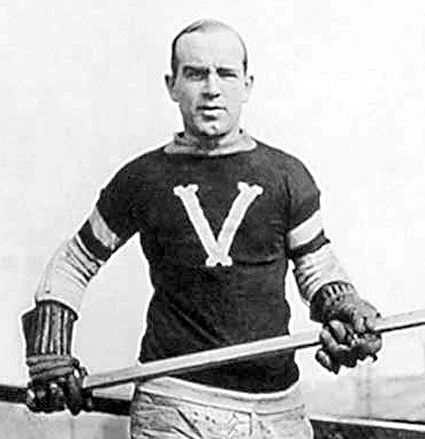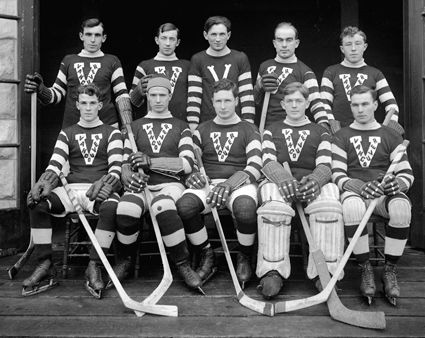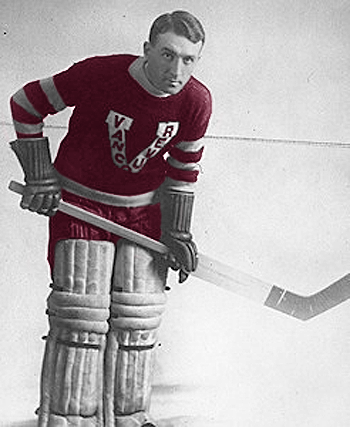Both of these new conferences are springing to life at the expense of two existing conferences, the Western Collegiate Hockey Association (WCHA), which will be barely recognizable next season, with only four teams remaining from this season, and the Central Collegiate Hockey Association (CCHA), which first saw Michigan, Michigan State and Ohio State announce their departure for the Big Ten. This was then followed by Miami of Ohio leaving for the NCHC.
Those defections set off a series of events which led to first Northern Michigan leaving the CCHA to join the WCHA, followed by Alaska-Fairbanks, Ferris State and Lake Superior State, effectively killing off the CCHA when those three joined the WCHA in August.
All that was left for the three remaining member schools of the CCHA was to find a chair before the music stopped. Western Michigan was put on hold until September, finally being granted admission to the NCHC when they could not secure Notre Dame, who joined Hockey East on October 5th. This happened the day after Bowling Green finally found a home in the WCHA with the other four refugees from the CCHA, which is holding it's final championship tournament beginning today at the Joe Louis Arena in Detroit, a tournament which dates back to 1982.
The CCHA was formed back in 1971 and was comprised of charter members, Bowling Green, the only remaining original member to have played in every season of the league, Ohio University, Ohio State University and St. Louis University. Lake Superior State joined for the league's second season. Ohio University then dropped out for good after just two seasons. Ohio State also departed in 1973 only to return in 1975, and were joined at the time by Western Michigan.
Northern Michigan was next to arrive in 1977, followed by Ferris State in 1979 and Miami University in 1980, brining the league up to seven teams following the departure of St. Louis in 1979.
A dramatic turn of events, which would alter the CCHA landscape for the remainder of it's run came in 1981 with the arrivals of Michigan, Michigan State, Michigan Tech and Notre Dame from the WCHA. The league reached an even dozen in 1982 when the University of Illinois - Chicago became the newest arrival.
The conference then saw a contraction over the course of the next few years, as Notre Dame left after just two seasons in 1983, and both Michigan Tech and Northern Michigan returned once again to the WCHA in 1984.
The CCHA would remain at 9 teams until 1992 when Notre Dame rejoined and the short lived Kent State University program came on board for just two seasons, departing in 1994, one year before the addition of Alaska Fairbanks in 1995.
The final changes in the CCHA saw the Illinois - Chicago program extinguished in 1996, Northern Michigan return once again in 1997 and the University of Nebraska - Omaha arrive in 1999 before leaving after 11 seasons to join the WCHA in 2010.
Teams to have won the CCHA playoffs include Bowling Green (5 times), Lake Superior State (4), Miami (1), Michigan (9), Michigan State (11), Northern Michigan (2), Notre Dame (2), Ohio State (2) and Western Michigan (2).
The NCAA national championship has gone to teams from the CCHA 8 times, with Bowling Green (1), Lake Superior State (3), Michigan (2) and Michigan State (2) taking the top honors while members of the league.
Notable CCHA alumni include Ken Morrow, Glen Healy, Mike Liut, Aaron Ward, Rob Blake, Brendan Morrison, John Madden, Rod Brind'Amour, Doug Weight, Marty Turco, Dan Boyle, Brian Rolston, Duncan Keith, Ryan Kesler and Ryan Miller.
Seven times the Hobey Baker Award winner has come from the CCHA, including George McPhee (1982), Kip Miller (1990), Brian Holzinger (1995), Morrison (1997), Miller (2001), Kevin Porter (2008) and Andy Miele (2011).
This season, the Miami RedHawks won the regular season championship over Notre Dame and Western Michigan. The first round of the playoffs saw #6 Alaska Fairbanks upset by last place #11 seed Michigan State, who were normally a league power, as they had only one (barely) sub .500 season from 1982 to 2008.
#7 Michigan, also a traditional league power with winning seasons from 1988 to 2012 under the guidance of coaching legend Red Berenson, eliminated #10 Northern Michigan, while #9 Bowling Green upended #8 Lake Superior State.
Last week's quarterfinals had #1 Miami oust #11 Michigan State, #2 Notre Dame defeat #9 Bowling Green, #3 Western Michigan fall to #7 Michigan and #4 Ohio State defeat #5 Ferris State to advance to this weekends CCHA Championship. #1 Miami will face #7 Michigan for the right to face the winner of the #2 Notre Dame vs. #4 Ohio State for the Mason Cup, named for the record setting, long time Michigan State head coach and founding member of the CCHA, Ron Mason.
Today's featured jersey is a 1975-76 Bowling Green Falcons Ken Morrow jersey worn by Morrow during the early years of the CCHA while playing for the charter member school of the conference and the only one to have played in the league for every year of it's existence. Bowling Green was also the first CCHA school to win the NCAA national championship, when they took home the title in 1984.
Morrow is one of the CCHA's most accomplished alumni, having won a gold medal with the 1980 United States Olympic Hockey Team as well as four consecutive Stanley Cups with the New York Islanders following his college career at Bowling Green where he was a first team all star three times and CCHA Player of the Year in 1979.
Bonus jersey: Today's bonus jersey is a 1985-86 Michigan State Spartans Jeff Parker jersey from the NCAA championship team. The Michigan State Spartans hold the record for the most CCHA tournament championships with 11, two more than Michigan's 9.
In addition to their 11 playoff titles, the Spartans have also been CCHA regular season champions 7 times, tied for second with Bowling Green for second behind Michigan's 11, and NCAA national champions three times, twice while as members of the CCHA.
For more on Spartans jerseys, please visit msujerseys.com.

